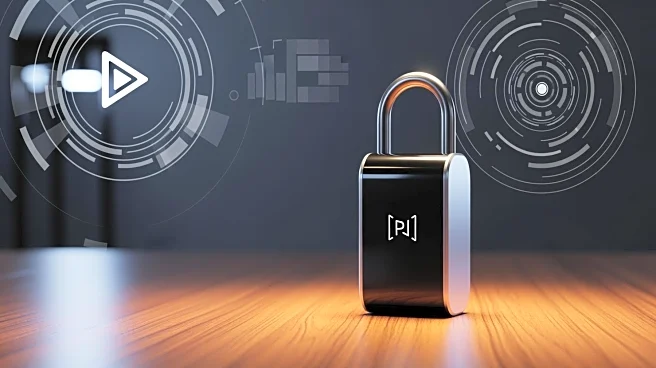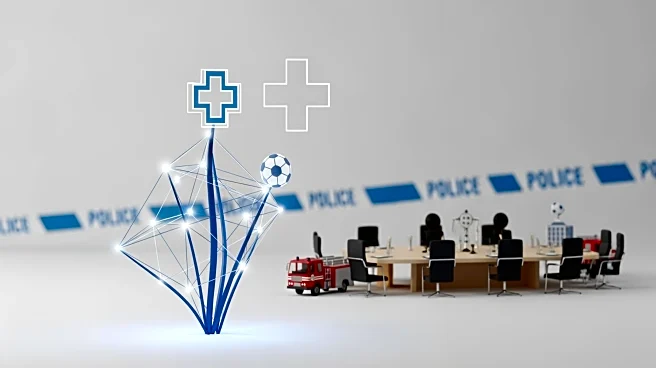What's Happening?
By early 2026, substance use disorder (SUD) providers, health plans, clinicians, health information exchanges (HIEs), and vendors must comply with new federal privacy standards for SUD treatment records. These standards align with the Health Insurance
Portability and Accountability Act (HIPAA) enforcement and penalty structure. The 42 CFR Part 2 final rule emphasizes patient consent and introduces expanded compliance duties for payors and HIEs. Operational readiness, rather than technology, poses the biggest challenge for organizations adapting to these changes.
Why It's Important?
The adoption of HIPAA-level enforcement for SUD treatment records marks a significant shift in privacy standards, potentially increasing the operational burden on health care providers and payors. This change aims to enhance patient privacy and data protection, which could lead to improved trust in health care systems. However, organizations may face increased compliance costs and operational challenges, impacting their ability to deliver services efficiently.
What's Next?
Organizations must prepare for the implementation of these new standards by early 2026. This involves reviewing and updating their privacy policies, training staff, and ensuring operational readiness to meet compliance requirements. Stakeholders, including health care providers and payors, may need to engage in discussions to address potential challenges and collaborate on best practices for implementation.
Beyond the Headlines
The final rule's emphasis on patient consent and privacy could lead to broader discussions on patient rights and data protection in health care. This may influence future policy developments and encourage innovation in privacy-preserving technologies.













